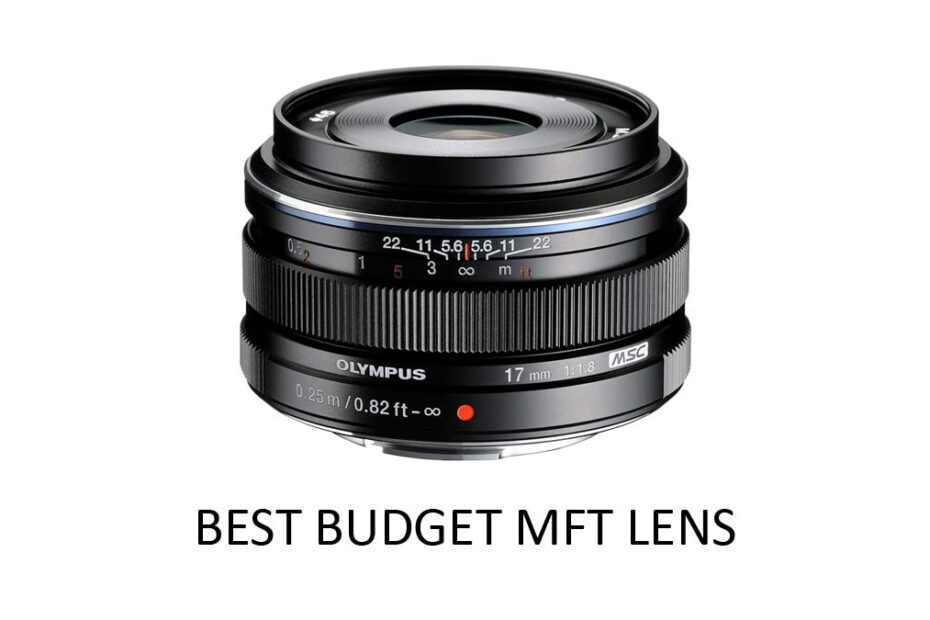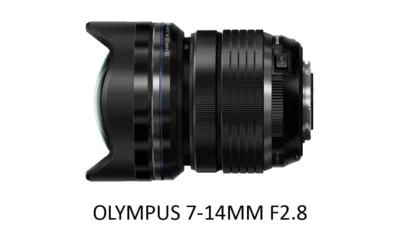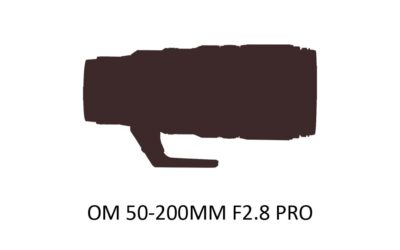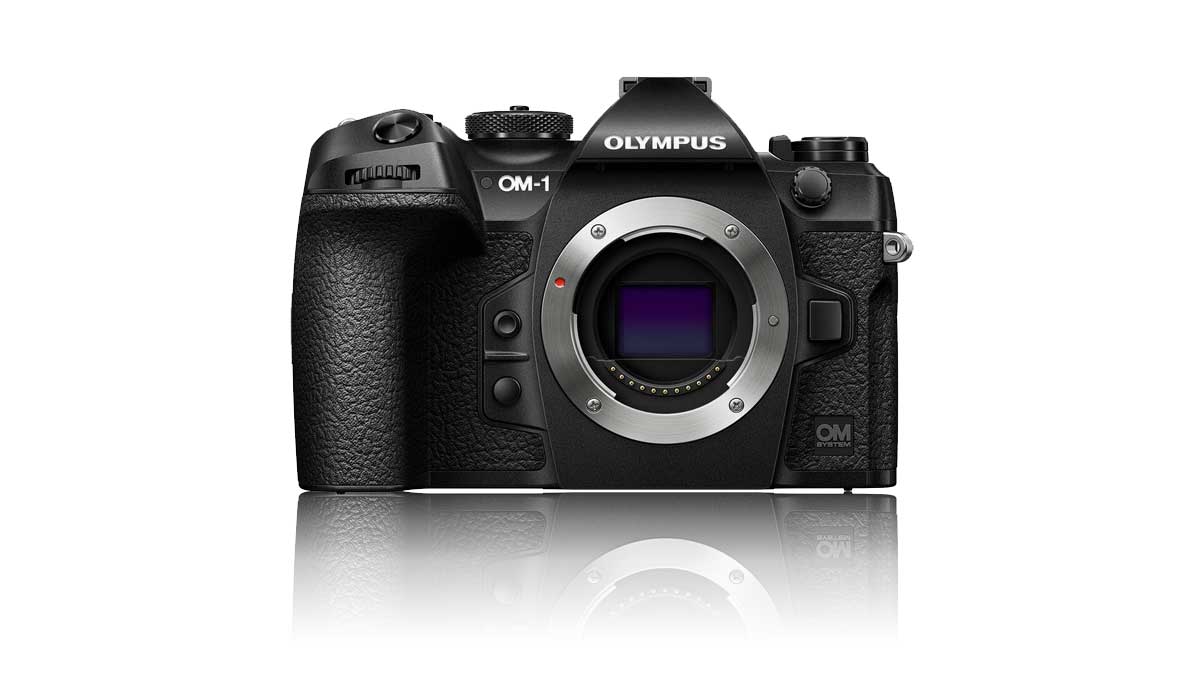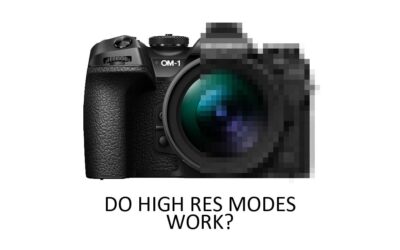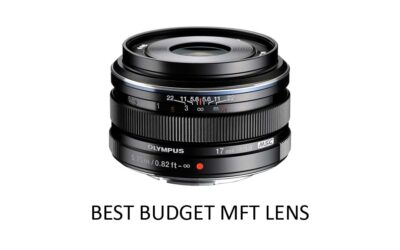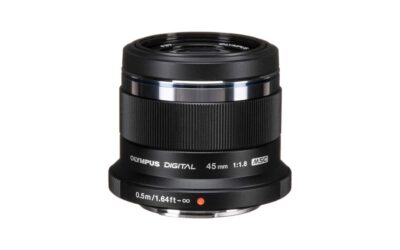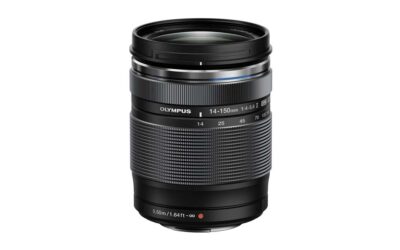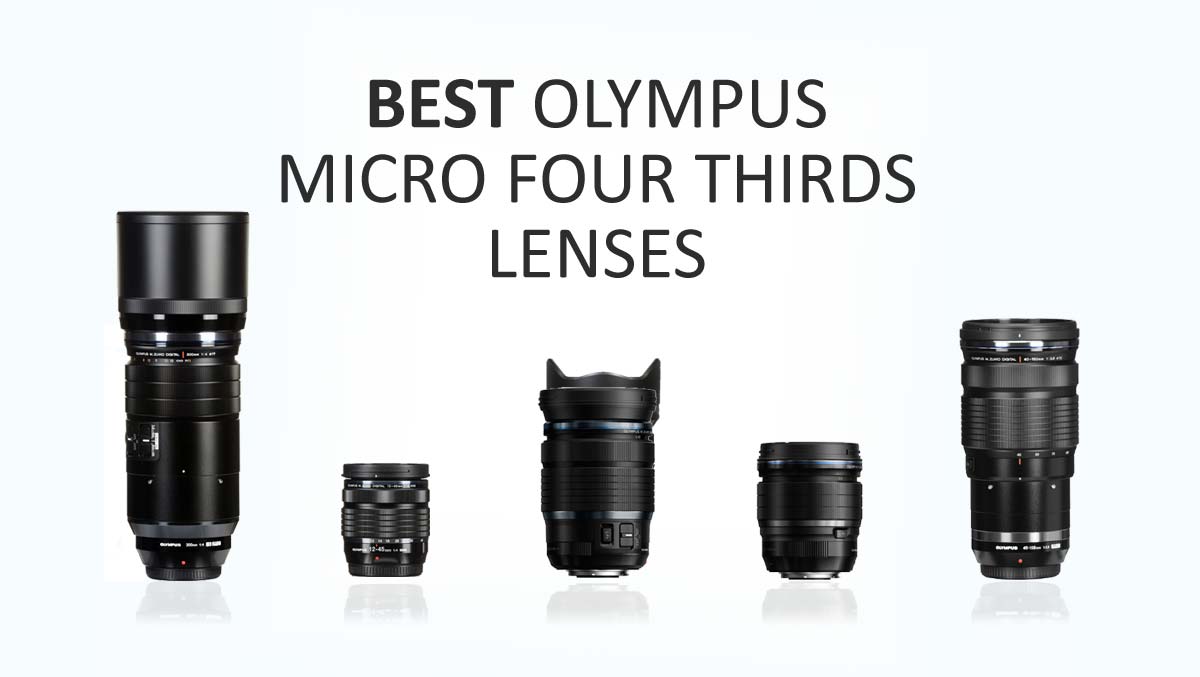The best budget MFT Lens isn’t just cheap – it’s affordable, well-built, and up to the job. After all, who wants to buy a cheap lens only to buy another later?
Fortunately, Olympus has you covered with some outstanding fast prime lenses and a high-quality do-it-all travel zoom. So, which is the best budget MFT lens for you? Let’s find out. Jump to Conclusion
BUY OLYMPUS LENSES


Best Budget MFT Lens Testing
I have the good fortune of owning all four of these lenses. And, for the sake of contrast, I have also shot with Olympus’s trinity of F2.8 Pro Zooms – the cream of Micro Four Thirds. Read Best Olympus Lenses – 5 Essential Lenses for Micro Four Thirds.
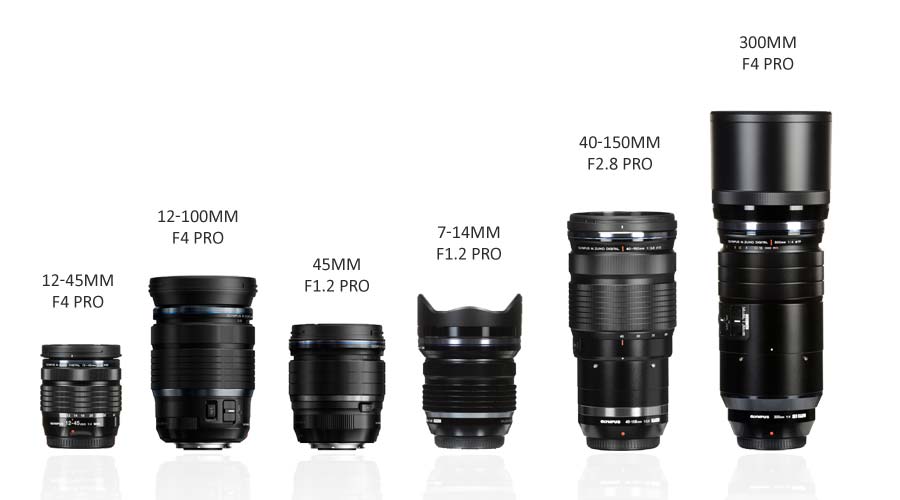
Make no mistake, each of the three F2.8 Pro lenses is an exceptional performer. Yet they cost three times as much as the best budget MFT lenses on this list and are certainly not three times as good.
In fact, in their element, each of these budget MFT lenses can actually outperform their more expensive counterparts. For instance, I’d much rather shoot portraits with the Olympus 45mm F1.8 than the Olympus 12-40mm F2.8 Pro. So, without further ado, here are the best budget lenses for Micro Four Thirds.
Olympus 17mm F1.8
The Olympus 17mm F1.8 is an extremely compact prime lens serving up a wide 65-degree angle of view – roughly equivalent to a 35mm lens on a Full Frame camera.
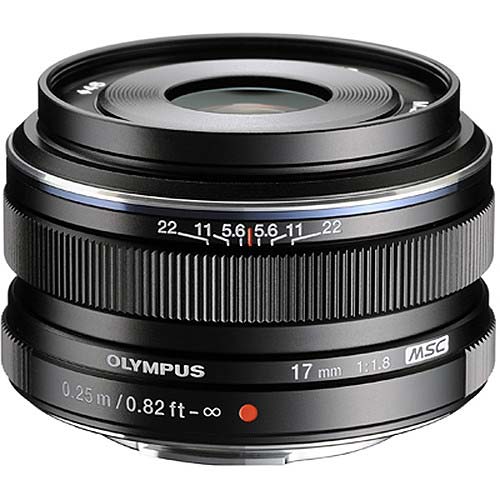
The image quality is very good, with excellent sharpness, attractive contrast, and decent background blur. The Olympus 17mm’s large, fast, and bright F1.8 aperture means it will capture more than four times as much light as a typical kit lens – ideal for keeping your camera ISO low and your image quality high. Read What is Camera ISO in Photography.
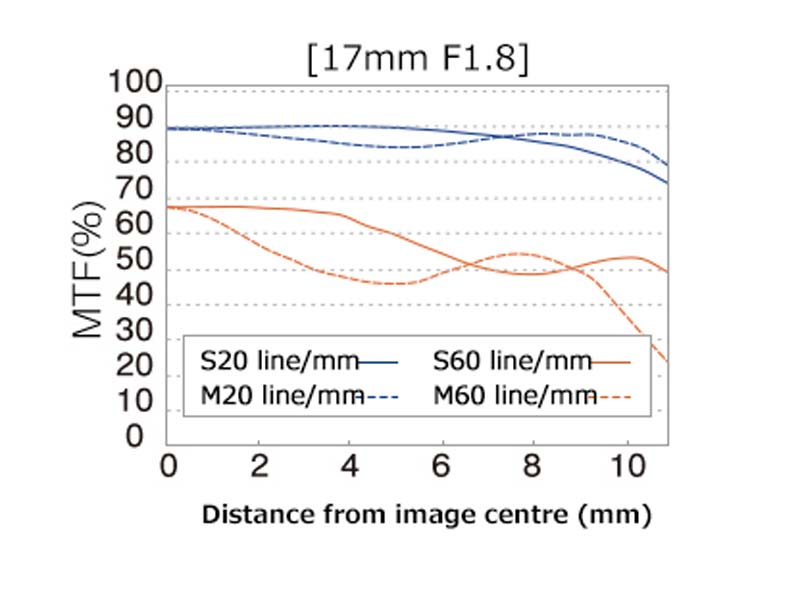
Regarding focusing speed, the Olympus 17mm F1.8’s autofocus is reliable and near instantaneous. Furthermore, the Olympus 17mm F1.8 is one of the few non-Pro lenses to feature a manual focus clutch – a feature I use quite a bit.
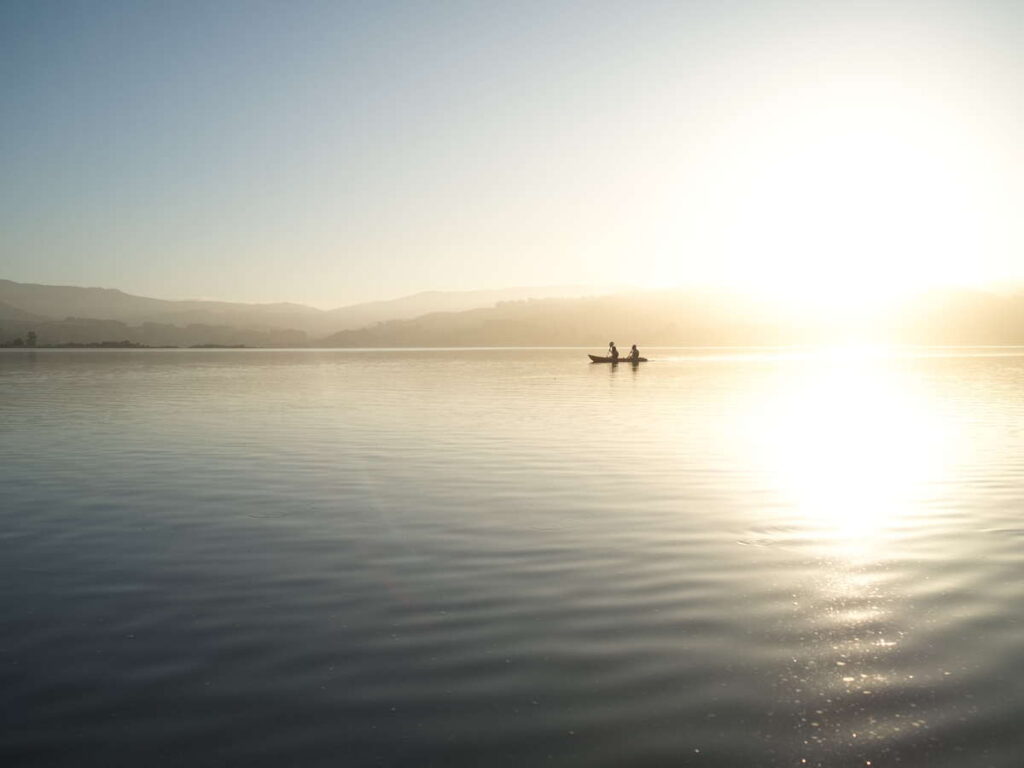
Make no mistake; the Olympus 17mm F1.8 is an excellent lens. Therefore, whether this is the lens for you depends on how you feel about its wide 17mm (35mm Equiv.) focal length. Read 35mm vs 50mm Lens.

In terms of photography cliches, the Olympus 17mm F1.8 is ideal for street and journalistic-style photography but is much too wide for distortion-free portraits. But, if you prefer to capture life as it happens around you, the tiny Olympus 17mm is well worth a look. Read Olympus 17mm F1.8 Review.
Olympus 25mm F1.8
The Olympus 25mm F1.8 is another extremely compact prime lens for Micro Four Thirds, offering a narrowish 47-degree angle of view – similar to that of a 50mm lens on a Full Frame camera.
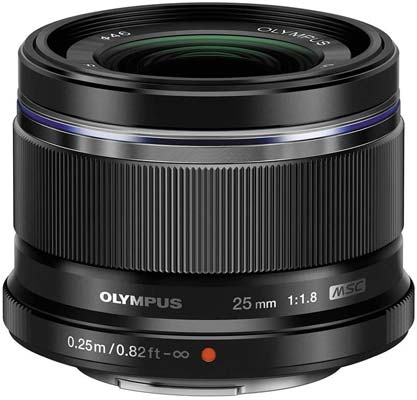
Like the Olympus 17mm F1.8, the 25mm is super sharp and produces attractive-looking images. Thanks to its longer 25mm focal length, the Olympus 25mm F1.8 is better able to blur backgrounds than the equally bright Olympus 17mm F1.8,

Also, like the 17mm, the Olympus 25mm F1.8’s autofocus is near instantaneous. However, the Olympus 25mm F1.8 misses out on a manual focus clutch, meaning you have to enable/disable autofocus via your camera. Shame.
While the Olympus 25mm F1.8 lacks a Focus Clutch, it is the only F1.8 prime on this list to come with a lens hood – ideal for blocking stray light and protecting your lens’s front element.

Of the three lenses here, the Olympus 25mm F1.8 is the least interesting. Yet, it is the one I use most because I prefer its narrower angle of view. Specifically, it’s still wide enough to use as a general lens but narrow enough to use as a distortion-free portrait lens. Thus, the Olympus 25mm F1.8 is my go-to everyday lens.
Olympus 45mm F1.8
Regardless of price, the Olympus 45mm F1.8 is one of the best portrait lenses for Micro Four Thirds. It’s relatively cheap, even smaller than the 25mm, and pin-sharp.
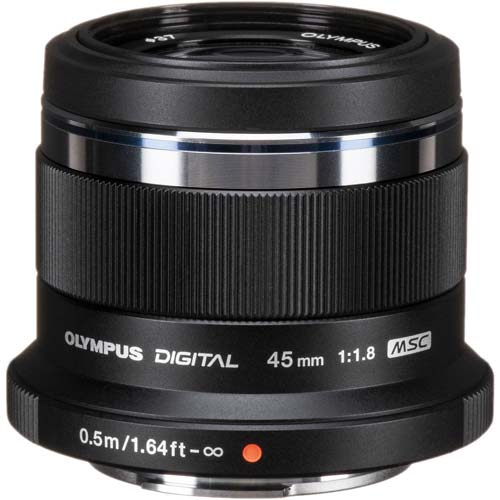
While its 27-degree angle of view is much too narrow for general use, the longer 45mm focal length and F1.8 combine to melt backgrounds to goo – ideal for subject-separating classic portraiture.
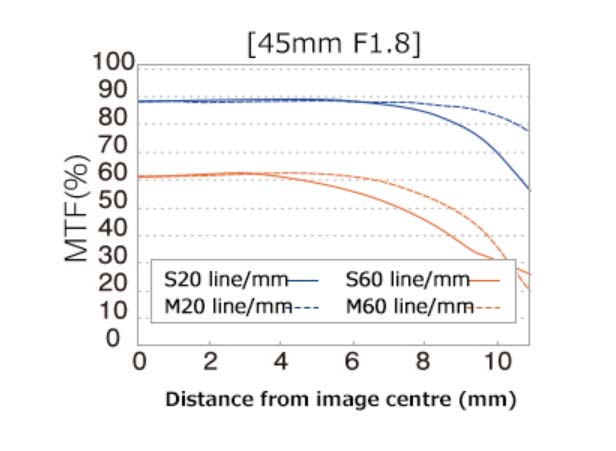
As with the other lenses on this list, the Olympus 45mm F1.8’s autofocus is near-instantaneous. Sadly, the Olympus 45mm lacks a Focus Clutch and doesn’t even come with a lens hood. Shame.

Still, of the three prime lenses listed here, the Olympus 45mm F1.8 is my favorite. While its angle of view limits its utility for general use, pound-for-pound, dollar-for-dollar, the Olympus 45mm F1.8 may be the best portrait lens in the World. Read Olympus 45mm F1.8 Review.
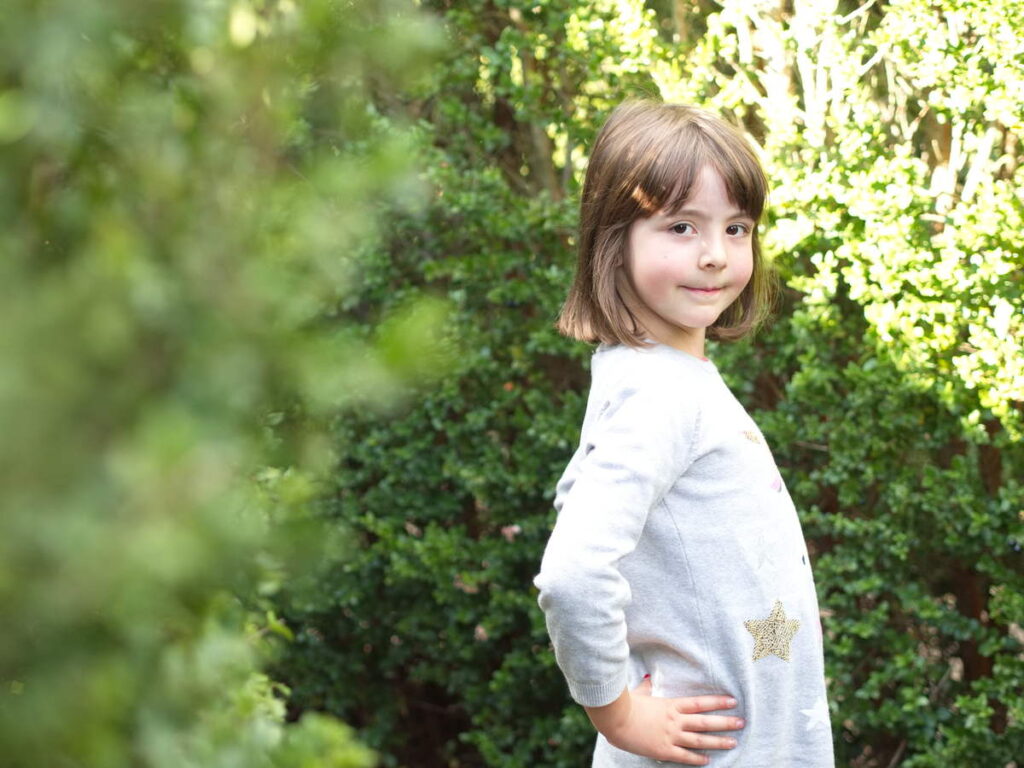
Olympus 14-150mm F4-5.6 II
The Olympus 14-150mm F4-5.6 II is a splashproof super-lightweight travel zoom and, potentially, the only lens you’ll ever need. Specifically, the Olympus 14-150mm F4-5.6 covers any angle of view between 75.5 and 8 degrees – similar to that of a 28-300mm Full Frame lens. Not bad for a lens that weighs just 285g
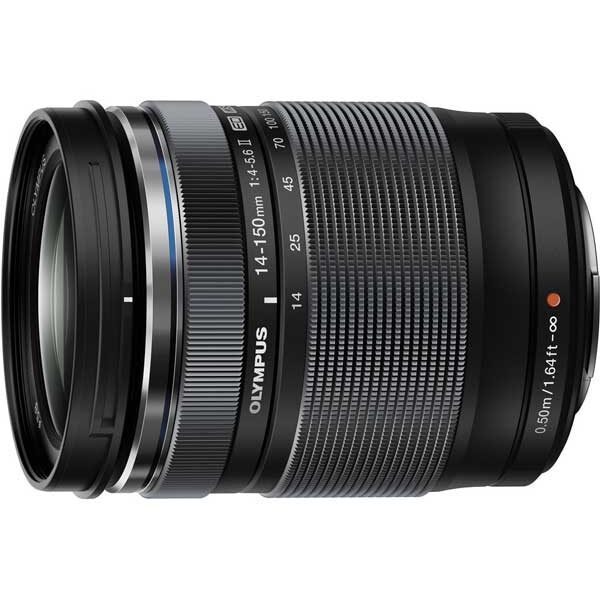
In terms of image quality, the Olympus 14-150mm F4-5.6 defies its huge versatility and budget price tag producing sharp images with attractive-looking contrast and blur. Furthermore, the Olympus 14-150mm F4-5.6 has a minimum focus distance of 50cm at 150mm, resulting in a maximum magnification of 0.44x, which is impressive, to say the least.

Unfortunately, the Olympus 14-150mm is quite a dim lens. While it may start at F4 when set to 14mm, it arrives at F5 as early as 31mm.
As a result, the Olympus 14-150mm will struggle in low light or in cases where you must use fast, light-starved shutter speeds to capture sharp images of moving subjects. In such situations, you will need to compensate with higher ISOs, thus reducing image quality. Read Best Noise Reduction Software.
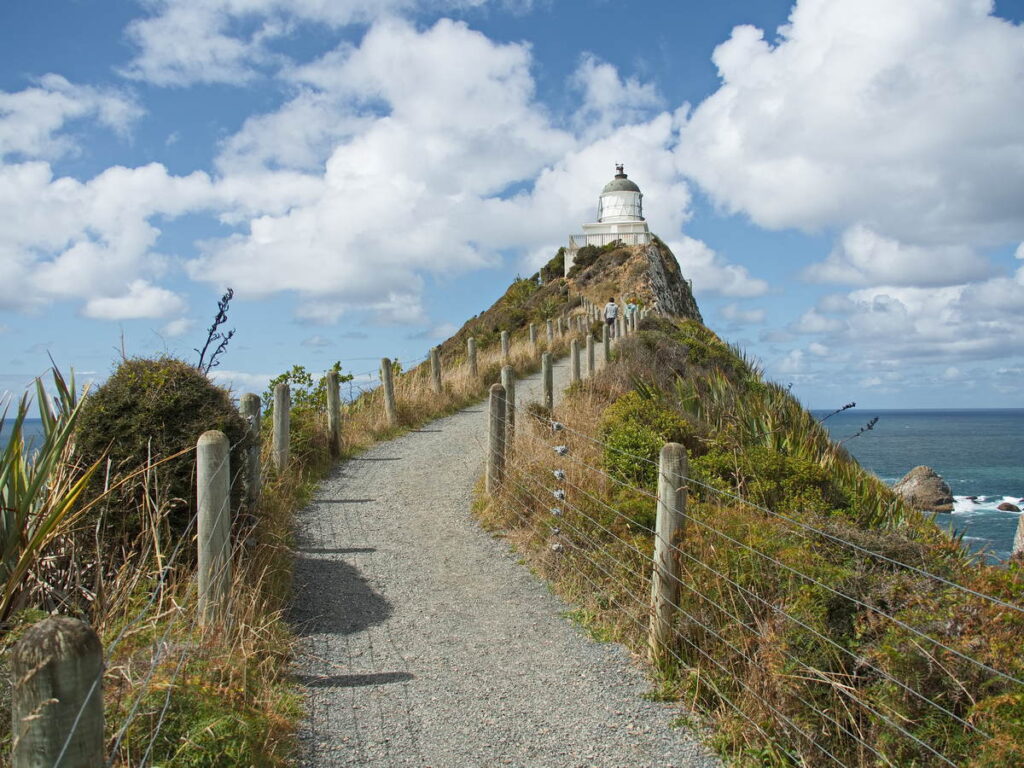
Yet, to do much better, you’re really looking at a lens such as the wonderful Olympus 40-150mm F2.8 Pro, one of my all-time favorite lenses.
But the 40-150mm F2.8 is not a cheap lens, and its size means it’s a lens you’ll frequently leave at home. The same cannot be said for the dainty Olympus 14-150mm F4-5.6, a lens that can shoot anything from landscapes to wildlife and still fit in your jacket pocket. Read Olympus 14-150mm F4-5.6 II Review.
Get Discounts on Photo Editing Software
Subscribe to my weekly newsletter and be notified of deals and discounts on photography software from ON1, Adobe, Luminar, and more. Spam Promise: Just one email a week, and there’s an unsubscribe link on every email.
Conclusion
The best budget MFT lens overall is the Olympus 14-150mm F4-5.6 II, simply because it offers so much and delivers it all so gracefully. For this reason, you could attach an Olympus 14-150mm F4-5.6 II to your camera and never feel compelled to take it off again.
But you do not need all the things the Olympus 14-150mm F4-5.6 offers all of the time. For instance, my everyday lens is the Olympus 25mm F1.8 because its angle of view is perfect for shooting my surroundings and those around me. Thanks to its razor-sharp fixed focal length optics and large F1.8 aperture, I can combine a pin-sharp point of interest with gloriously blurred backgrounds.
Much the same can be said about the Olympus 17mm F1.8. Compared to the 25mm, the 17mm’s wide angle of view is better suited to shooting scenery and environmental portraits. Thus enabling you to take a journalistic approach to your own life. Overall, whether you prefer 17mm or 25mm is a matter of taste. But the Olympus 25mm F1.8 is a better option if you like to augment your everyday photography with classic portraiture.
Yet, when it comes to portraiture, the Olympus 25mm F1.8 is outdone by the Olympus 45mm F1.8. Thanks to its longer focal length, you can stand further away from your subject and better blur their background. Therefore, you might prefer to skip the 25mm and pair the 17mm and 45mm together.
But, whichever way you go, each of these lenses is a gem. You’ll have to spend and carry substantially more to better them.
Subscribe to my newsletter and be notified of deals and discounts on photography software and gear. Subscribe Now.
BUY OLYMPUS LENSES


